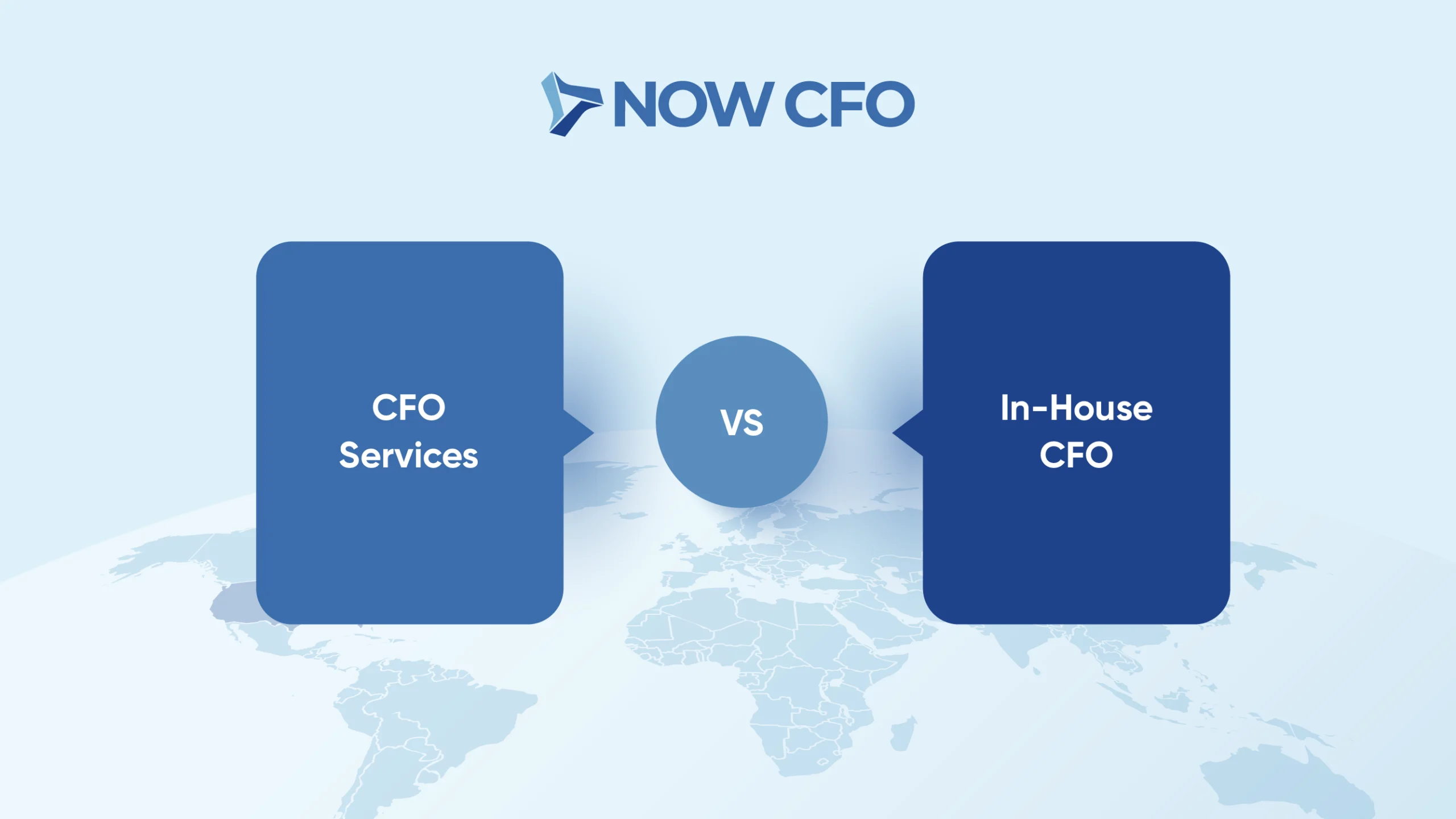
Working capital is a financial metric representing the difference between a company’s assets and liabilities. In simpler terms, it’s the capital readily available to fund a business’s day-to-day operations. It’s the lifeblood that keeps operations flowing smoothly, enabling companies to meet their short-term financial obligations and seize growth opportunities.
The Working Capital Formula
Calculating working capital is relatively straightforward, thanks to a fundamental formula:
Working Capital = Current Assets – Current Liabilities
Let’s break down each component:
- Current Assets: This includes cash on hand, accounts receivable (money owed to the company by customers), inventory, and other assets that can be quickly converted into cash within a year.
- Current Liabilities: These are short-term obligations that the company must settle within the same year, such as accounts payable (money owed to suppliers), short-term loans, and accrued expenses.
The Significance of Working Capital
Working capital holds significant importance for several reasons:
- Liquidity Management: Positive working capital ensures a business has enough liquid assets to cover its short-term obligations. This prevents liquidity crises and keeps operations running smoothly.
- Operational Efficiency: Adequate working capital enables a company to meet its daily operational needs, such as purchasing inventory, paying suppliers, and covering employee salaries.
- Flexibility and Growth: A surplus of working capital provides the flexibility to invest in growth opportunities, whether expanding operations, launching new products, or pursuing strategic initiatives.
- Credibility: Lenders and investors often scrutinize a company’s working capital to assess its financial health and ability to meet financial commitments. Positive working capital can enhance a company’s credibility.
Interpreting Working Capital
The value obtained from the working capital formula can have different interpretations:
- Positive Working Capital: When current assets exceed current liabilities, the result is positive working capital. This signifies that the company has ample resources to meet its short-term obligations and potentially invest in growth.
- Negative Working Capital: If current liabilities surpass current assets, the result is negative working capital. This may indicate liquidity challenges and the need for additional financing to cover obligations.
- Zero Working Capital: When current assets equal current liabilities, working capital is zero. While this may not be inherently problematic, it leaves little room for unexpected expenses or investments.
Working Capital Ratio
Many businesses calculate the working capital ratio to gain a more nuanced perspective on working capital. This ratio is obtained by dividing current assets by current liabilities:
Working Capital Ratio = Current Assets / Current Liabilities
The working capital ratio provides a percentage that measures a company’s ability to cover its short-term obligations with its current assets. A ratio above 1 indicates positive working capital, while a ratio below 1 suggests a potential liquidity issue. A ratio between 1.5 and 2 is often seen as a sign of a company’s sound financial footing regarding liquidity. However, a significantly higher ratio beyond two doesn’t necessarily translate to a better situation. In fact, an excessively high ratio may suggest that a company is not effectively utilizing its assets to generate maximum revenue.
Managing Working Capital
Efficient working capital management is crucial for businesses to thrive. Here are some strategies to optimize your working capital:
- Reduce Accounts Receivable: Accelerate the collection of outstanding payments from customers to increase cash flow.
- Optimize Inventory: Ensure your inventory levels align with demand to prevent excess stock tying up capital.
- Negotiate Supplier Terms: Negotiate favorable payment terms with suppliers to extend payment deadlines without incurring penalties.
- Monitor Cash Flow: Maintain a close eye on your cash flow statements to identify trends and take proactive measures.
- Review Financing Options: Explore various financing options, such as short-term loans or lines of credit, to bridge gaps in working capital.
- Streamline Operations: Identify and eliminate inefficiencies in your business processes to reduce operational costs.
Understanding the calculation and significance of working capital empowers you to navigate the financial landscape confidently. Efficient working capital management isn’t just a necessity; it’s a strategic advantage. By optimizing your working capital, you can ensure the smooth flow of operations, seize growth opportunities, and enhance your financial stability.
As you embark on this journey of financial mastery, remember that you don’t have to go it alone. Partnering with a financial expert from NOW CFO can provide invaluable insights and strategies to maximize your working capital’s potential. So, unleash the power of your working capital and set your business on a course for success!














